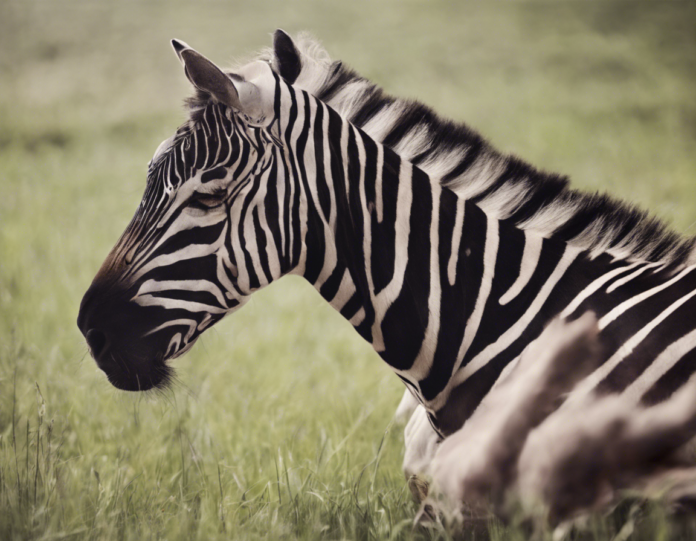Introduction:
Intimacy, in the context of the animal kingdom, goes beyond mere physical closeness. It can encompass various forms of bonding, communication, and social interactions that are crucial for the survival and well-being of species. From pairs of mating birds engaging in intricate courtship dances to the cooperative parenting of elephants, animals exhibit a diverse range of behaviors that reflect deep emotional connections and intimate relationships.
Understanding Animal Courtship:
Courtship rituals are a common aspect of intimate behavior in the animal kingdom. For many species, these rituals serve a dual purpose of displaying fitness and compatibility while also strengthening the bond between potential mates. From the elaborate dances of birds of paradise to the underwater ballet of seahorses, courtship behaviors often involve intricate displays of colors, sounds, and movements that showcase the unique characteristics of each individual.
Bonding and Social Structures:
Intimacy in the animal kingdom is not limited to mating behaviors. Many species form strong bonds within social groups, exhibiting complex relationships built on trust, cooperation, and emotional support. For example, elephants are known for their tight-knit family units led by matriarchs who guide and protect younger members. These social bonds play a crucial role in the survival and success of the group, demonstrating the depth of emotional connections that exist within animal communities.
Communication and Trust:
Communication is a key component of intimacy in the animal kingdom. Through vocalizations, body language, and chemical signals, animals convey a wide range of emotions and intentions to one another. Wolves, for example, use howling to coordinate hunts and strengthen pack cohesion, while bees perform intricate dances to communicate the location of food sources. Trust is also fundamental to intimate relationships among animals, enabling collaboration, cooperation, and mutual support within social groups.
Parental Care and Nurture:
Parental care is another crucial aspect of intimacy in the animal kingdom, with many species exhibiting remarkable devotion to their offspring. From the attentive care of lionesses towards their cubs to the cooperative parenting of meerkats, animals demonstrate a strong sense of responsibility and nurture towards their young. This caregiving behavior fosters strong bonds between parents and offspring, ensuring the survival and well-being of the next generation.
FAQs (Frequently Asked Questions):
1. Do animals experience emotions like humans do?
– Yes, many animals experience a wide range of emotions, including joy, fear, sadness, and affection. Research has shown that animals such as dogs, elephants, and dolphins exhibit complex emotional responses similar to those seen in humans.
2. How do animals form social bonds within their groups?
– Animals form social bonds through various behaviors, including grooming, vocalizations, shared activities like hunting or foraging, and mutual defense against predators. These interactions help build trust and cooperation among group members.
3. Do all animals engage in courtship rituals before mating?
– While courtship rituals are common in many species, not all animals engage in elaborate displays before mating. Some species rely on simpler cues or pheromones to signal readiness to reproduce.
4. How important is communication in animal relationships?
– Communication plays a vital role in animal relationships, enabling individuals to convey intentions, emotions, and warnings to one another. Effective communication can strengthen bonds within social groups and facilitate cooperative behaviors.
5. What role does intimacy play in the survival of animal species?
– Intimacy and social bonds are essential for the survival of many animal species. Strong relationships within groups help individuals cooperate in tasks such as hunting, defending territories, and caring for offspring, increasing the chances of survival and reproductive success.
In conclusion, exploring intimacy in the animal kingdom reveals a rich tapestry of behaviors and relationships that underscore the importance of bonding, communication, and care in the natural world. From courtship rituals that showcase individuality to social structures that rely on trust and cooperation, animals demonstrate a remarkable capacity for intimacy that enhances their resilience and well-being as species. By studying these intimate connections, we gain valuable insights into the complexity of animal behavior and the profound ways in which relationships shape the lives of creatures across the planet.
